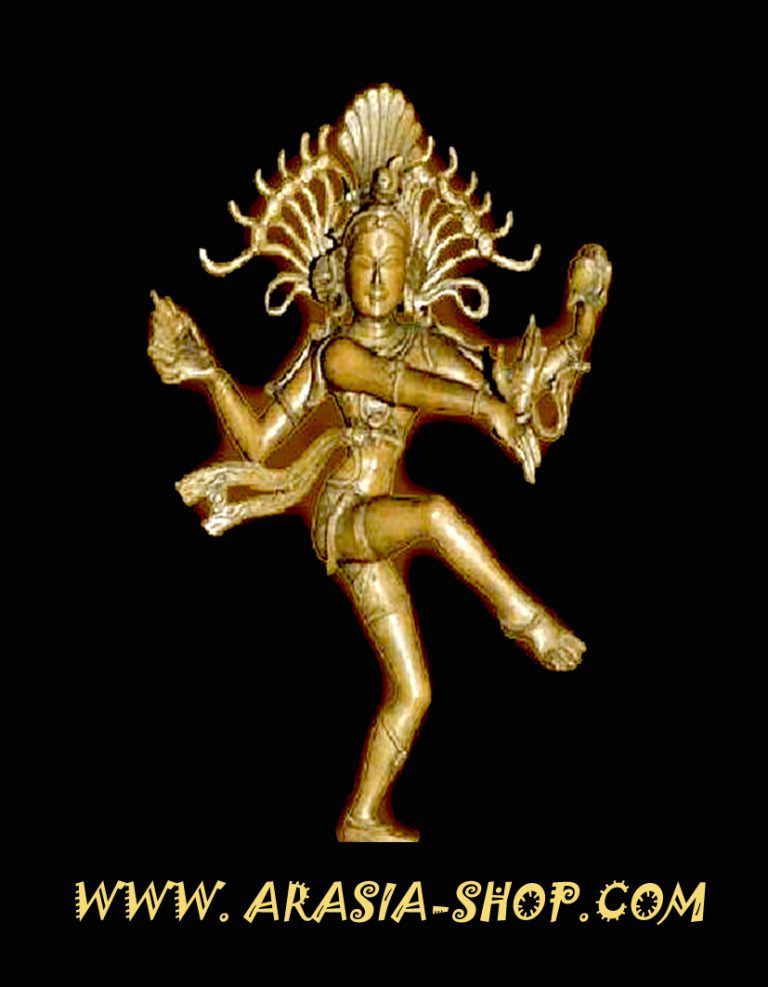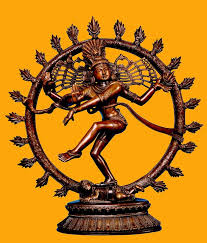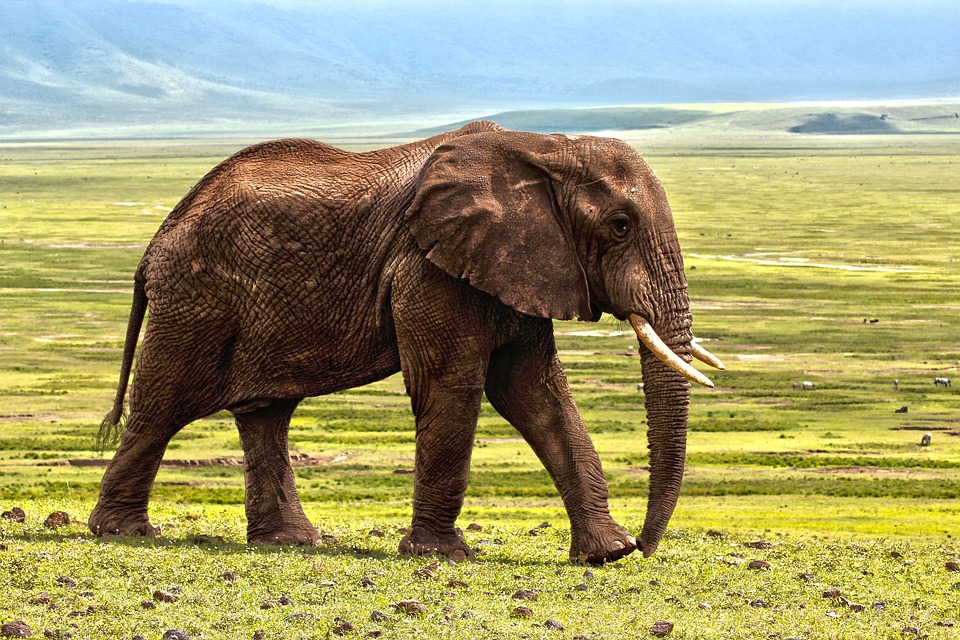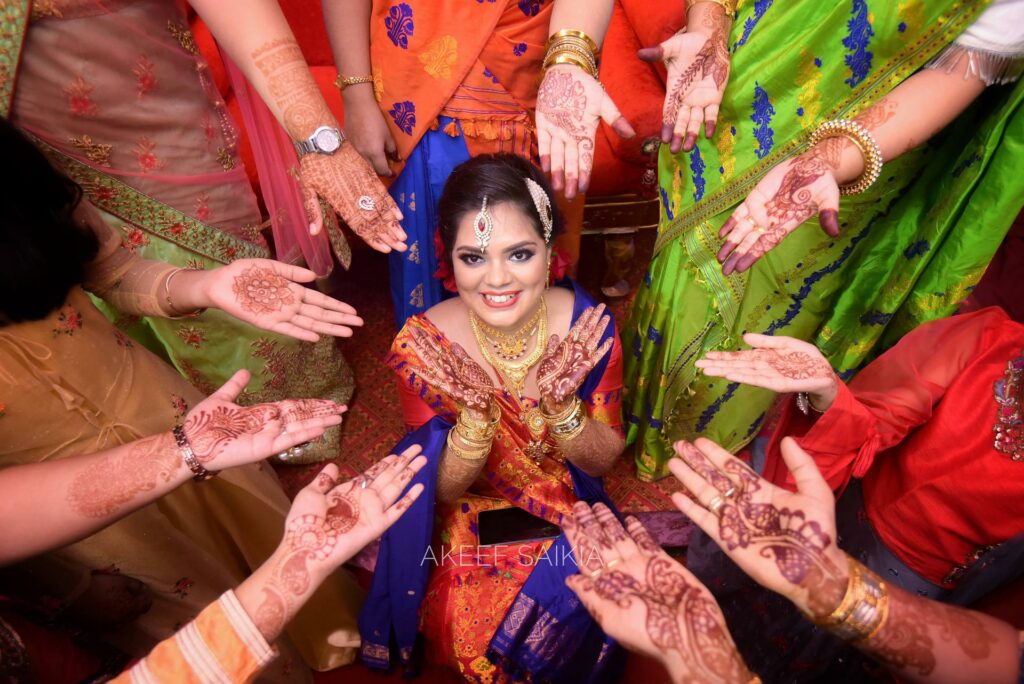The hindu god Shiva is known under numerous names and forms.
Nataraja The Cosmic Dancer
One of its forms is Shiva Nataraja. It embodies the cosmic dancer who rhythms the entire universe, alternating phases of creation and destruction.
In Sanskrit, “nata” means “dance” and “raja” stands for “king”.
In India, dance is considered as a means to reach ecstasy and unite with the heavenly. Shiva Nataraja is the dance god and it is worshiped by Hindu’s musicians and dancers.
Nataraja Temple
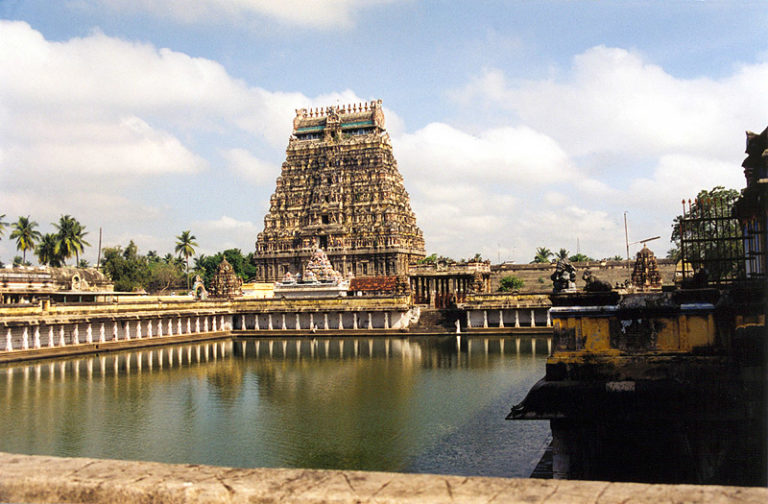
The Nataraja temple is located in Chidambaram (60km south of Pondicherry) and is entirely dedicated to Shiva. On the stone of the temple is carved Bharata Natyam poses, south Indian sacred classical dance, directly inspired by Shiv sacred dance. The legend goes that this temple was built on the spot where Shiva performed the tandâva in front of the Dârukavana forest’s elders.
The Dance of Happiness
The tandâva is “the bliss dance” that endlessly creates and re-creates the universe. This cosmic dance symbolizes the world’s periodic renewal.
To Hindus, dance is older than the world itself because its Shiva’s dance that created the world. To dance is also the grandest way to please the gods. When dancing, one lets their inspiration and creativity and reconcile with the universe’s vibrations.
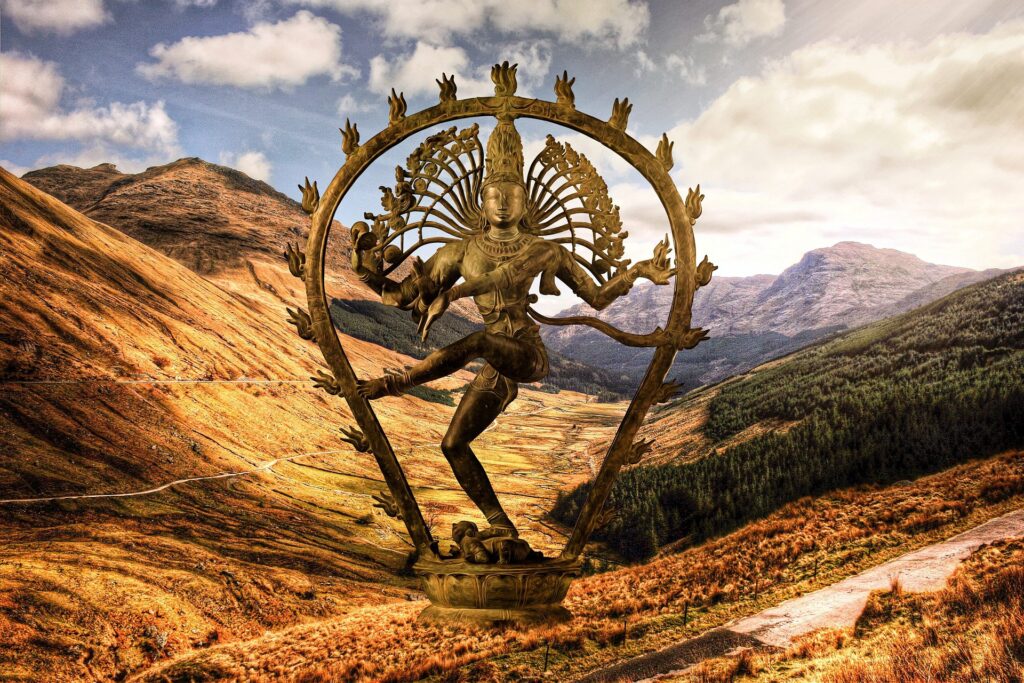
To Conclude
This facet of Shiva shows its tireless energy – which can be passive or active, static or dynamic with an internal or external focus because what is happening in the universe can also be experienced in the intimacy of one’s being and Nataraja is the cosmic dancer, it is also the god that dance in the hearts of men.
Take a look at our Nataraja statue here
